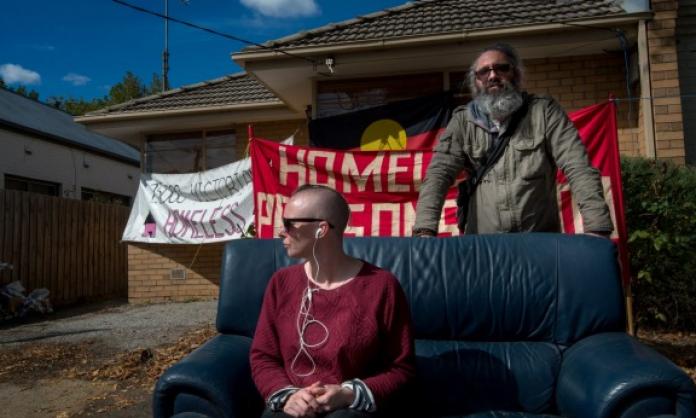Standing between thousands of homeless people and the shelter they deserve is a system that rewards wealthy people who leave investment properties empty.
It is widely known that large numbers of houses and flats sit empty. Researchers Bill Randolph and Laurence Troy from the University of New South Wales have investigated where those properties are.
Nearly universally, they found, the most expensive suburbs were also those with the lowest occupancy rates.
In Glendenning or Green Valley in Sydney’s outer suburbs, where houses are cheaper to buy and the profit margin on rent is higher, the occupancy rate is also much higher. Fewer than 3 percent of houses were empty on census night. In pricey central suburbs like The Rocks and Sydney CBD, at least 14 percent sat empty.
Why the difference? Investors are renting out properties only if they can make substantially more money from the rent than they would from the tax offsets associated with owning a property.
For investors, this is a simple economic decision. But policy makers who have continued the system of capital gains tax reductions and negative gearing are guilty of unconscionable neglect of people on low incomes.
The fact that so many houses are unavailable to rent creates artificial scarcity, pushing prices up out of reach for many of us. Those who can still afford to rent are priced out of central suburbs. Others are priced out of housing altogether.
The Australia Institute estimates that $7.7 billion is withheld from tax revenue because of these policies, money which could otherwise be spent on public housing and amenities in the suburbs.
The bulk of benefits flow to Liberal Party-voting owners of multiple properties – not the working class people who might own their own home or even a couple of properties. Matt Grudnoff, senior economist at the Australia Institute, noted last year:
“The majority of the lost revenue accrues to high income households, with 56 percent going to the top 10 percent of income households and 67 percent going to the top 20 percent.”
At the other end of the spectrum people are suffering. A spokesperson for NSW Federation of Social Services CEO Wendy Hayhurst told Red Flag:
“Housing affordability affects every aspect of how you live. If you have a safe and secure home, you can build a life, feel like you have a place in the world, find the confidence to work and participate in the community. Our community housing providers see every day how finding a safe, affordable shelter over your head can literally transform the lives of people.”
Some activists are taking matters into their own hands. In Melbourne, members of the Homeless Persons Union Victoria are occupying residences in Collingwood. The homes were bought by the state government, which intended to demolish them as part of the defeated East West Link road project.
The demonstrators are demanding to know why the Andrews government has left the properties empty while thousands are homeless or stuck on public housing waiting lists.
In a humane society there would be no problem – homeless people would be housed in today’s vacant properties. In this society, investor value is worth more than human life; the houses sit empty.








